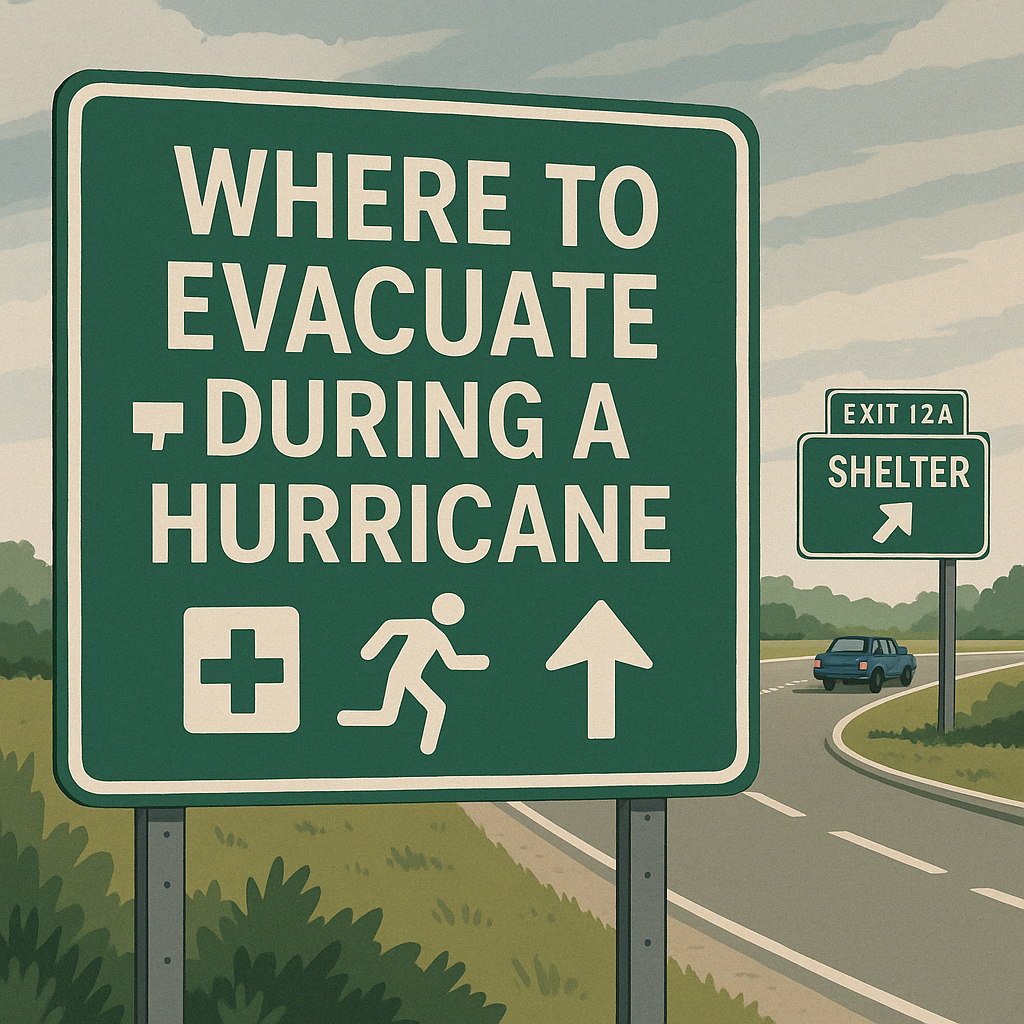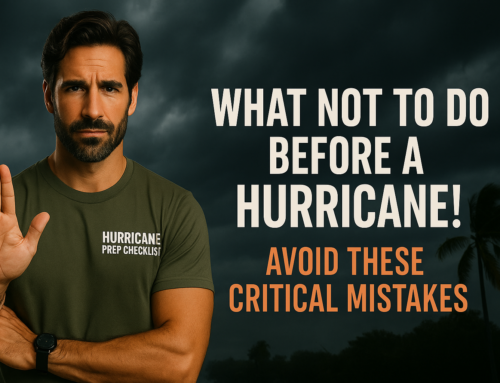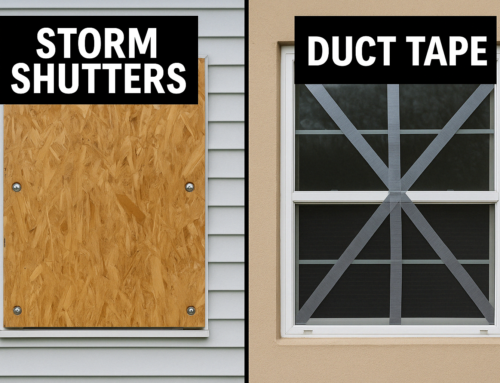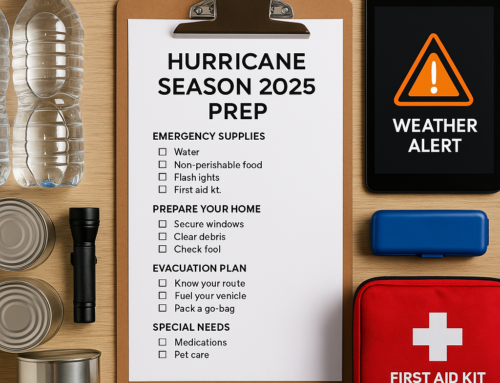The wind howls, the rain pounds, and floodwaters rise. Roads become impassable, and staying home is no longer safe. Knowing where to evacuate during a hurricane can save lives. Choosing the right shelter before the storm arrives ensures you and your family stay safe. Many people wait until the last minute, only to find roads jammed and emergency shelters full. Without a clear evacuation plan, the situation can quickly become dangerous.
Finding a Safe Shelter Before the Storm
Waiting too long to leave can put you in harm’s way. High winds and floodwaters make travel risky. Before the hurricane season starts, research the nearest shelters and emergency routes. Local authorities provide updated shelter locations as storms approach. Hotels and motels outside the impact zone are another option. If staying with family or friends is possible, coordinate early to secure a safe place.
Evacuation Centers and Public Shelters
Emergency shelters open when storms become a threat. These shelters provide basic necessities, but they fill up fast. Some accept pets, while others do not. Bring essentials like food, water, and medications, as supplies may be limited. Keep identification and important documents in a waterproof bag. Shelters protect people from immediate danger but may not have comfortable conditions.
Leaving the Area for a Safer Location
Sometimes, the best option is leaving the region entirely. Traveling inland reduces the risk of flooding and wind damage. Many cities have designated evacuation routes that lead to safer areas. Pay attention to local news and emergency broadcasts for road conditions. Leaving early prevents getting stuck in heavy traffic or dangerous weather. Fuel up the vehicle, pack supplies, and have an alternate route ready in case of road closures.
Staying in a Hurricane-Safe Building
Not all buildings are safe during a hurricane. If staying put, ensure the structure can withstand strong winds and heavy rain. High-rise buildings near the coast are at risk due to storm surges. Mobile homes and temporary structures are unsafe and should be avoided. If evacuation is not an option, seek shelter in the strongest part of the building, away from windows and doors.
Avoiding Flooded Roads and Unsafe Areas
Flooded roads are one of the biggest dangers during a hurricane. Just a few inches of water can sweep vehicles away. If water covers the road, turn around and find another route. Low-lying areas and coastal roads become impassable quickly. Stick to main highways and official evacuation routes for the safest travel options.
Final Thoughts on Hurricane Evacuation
Having a clear evacuation plan makes all the difference when a hurricane strikes. Waiting until the last minute leads to panic and unsafe conditions. Whether staying at a shelter, with family, or traveling out of town, plan ahead. Know where to evacuate during a hurricane before the storm arrives. Safe preparation ensures a smoother and safer evacuation experience.
📌 Want a full hurricane survival guide? Download our Hurricane Prep Checklist for expert evacuation tips and a complete supply list!
Suggested External Links:







